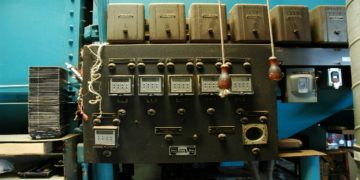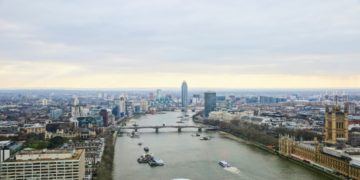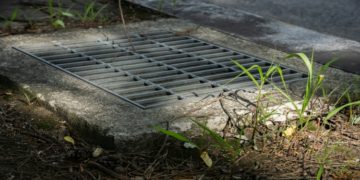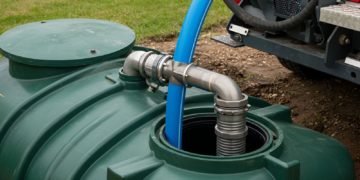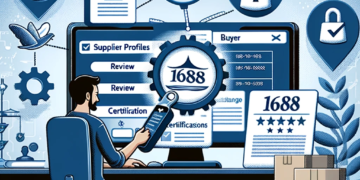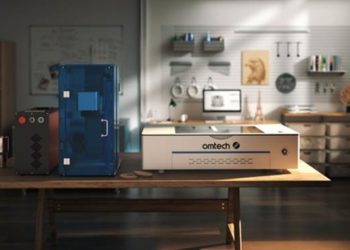Operating a business involves high costs, including equipment and keeping the lights on. However, business owners can obtain tax relief on qualifying investments, reducing their taxable income. One key way to achieve this is through capital allowances, which allow businesses to deduct certain expenditures from their taxable profits.
Correctly factoring in the tax relief claim can allow businesses to maximise their financial planning while ensuring compliance with the tax laws. This guide will discuss what are capital allowances, the fundamentals of tax relief on business investments and how to get the most out of them.
What Is Capital Allowance?
It is important to note what is capital allowance tax relief businesses can claim for certain purchases of assets used during business. Rather than expensing the entire cost of an asset immediately, companies can spread the deduction over several years, thus lowering taxable income over time. Capital allowances can apply to several items in the business, such as equipment, office machinery, company cars and certain types of buildings. This relief allows enterprises to ease their tax burden and reinvest in services and equipment as needed.
Types of Capital Allowances
Annual Investment Allowance (AIA)
Under the Annual Investment Allowance (AIA), businesses can get 100% tax relief (or accelerate tax relief) on eligible capital expenditures within a specific limit. This is especially helpful for companies investing heavily in equipment, as it allows them to realise immediate tax relief instead of spreading deductions in future rentals.
Writing Down Allowance (WDA)
Businesses can be entitled to a Writing Down Allowance (WDA) if an investment exceeds the AIA limit or is ineligible for full deduction. This allowance provides for a yearly deduction of a percentage of the asset’s cost’ so ‘companies are not deprived of tax relief over time.
First-Year Allowance (FYA)
The First-Year Allowance (FYA) allows businesses to claim a significant deduction for energy-efficient or eco-friendly equipment in the first year. The incentive enables enterprises to pay for sustainable solutions while reducing their taxes.
Structures and Buildings Allowance (SBA)
The Structures and Buildings Allowance (SBA) is available to companies investing in or refurbishing commercial property. This relief allows businesses to write off a portion of the cost of building over several years, helping mitigate infrastructure investment expenses.
Qualifying Expenditures for Capital Allowances
Not all business expenses are eligible for capital allowances. To be eligible, businesses are required to invest in fixed assets that are essential for their operation. Qualifying assets are machinery and equipment, commercial vehicles, office furniture and fixtures, fit-outs to premises from which you operate your business and energy-efficient equipment. Capital allowances do not apply to all expenses (e.g., land purchases, lease agreements, and buildings used only for residential objectives).
How to Claim Capital Allowances
Identify Eligible Expenditures
So, before submitting a tax return, businesses may review their expenditures to determine the assets that can be used for capital allowances. Keeping detailed records of purchases and invoices is essential for an accurate claim.
Determine the Applicable Allowance
Different capital allowances apply to each type of expenditure. Businesses should determine whether they are entitled to AIA, WDA, FYA, or SBA and apply the relevant deduction rate.
Include the Claim in the Tax Return
Businesses can include relevant figures in their tax returns to claim capital allowances. Accurate calculations and supporting documentation are vital to eliminating discrepancies or audits.
Seek Professional Advice
Tax relief options can be complicated, and a consultation with a tax advisor or accountant can help businesses maximize their claims. Professionals can also help maintain compliance with tax laws and find more ways to save.
Additional Business Investments Eligible for Tax Relief
Other tax reliefs can also enhance a business’s financial health beyond capital allowances. These include research and development (R&D) tax credits, employee training cost relief, marketing expense deductions, etc. Investments in specialised items, such as hair extension tools for salons, may qualify for tax reductions if essential to business operations. For example, if you run a hair salon, you can deduct tax on professional tools and equipment for styling and maintenance services.
Avoiding Common Mistakes When Claiming Tax Relief
Making a claim is full of common pitfalls whereby businesses forfeit taxation relief that can make a massive difference to their bottom line. To prevent issues, entrepreneurs must maintain accurate financial records and receipts for all purchases, ensure assets qualify for capital allowances, claim the correct percentage based on asset type, submit claims within the required tax deadlines and seek expert advice to maximise allowable deductions.
The Impact of Capital Allowances on Business Growth
Optimising capital allowances and other tax relief options can significantly impact business success. Lowering taxable income frees up capital, allowing enterprises to reinvest in expansion, technology, or high-quality supplies. Capital allowances are a powerful yet underutilised tool that can help businesses thrive when properly understood and applied in competitive markets.
Conclusion
Tax relief on business investments is crucial for maximising financial efficiency. Businesses can unlock significant tax savings by understanding the types of allowances, keeping accurate records, and seeking professional guidance. With sound financial planning, companies can minimise tax liabilities, facilitate long-term growth, and stay competitive.




